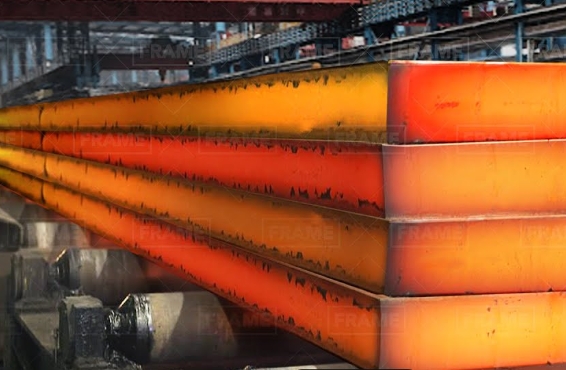
Steel production requires a large amount of energy and produces significant emissions, primarily carbon dioxide. As environmental regulations tighten, metal manufacturers are constantly looking for ways to reduce their carbon footprint and maintain quality.
Addition of GPC to electric-arc furnaces and other metallurgical system reduces the reliance on external sources for power. This in turn lowers overall energy consumption, and CO2 emissions. GPC also helps minimize the production of sulfur oxides and nitrogen oxides, which contribute to air pollution and acid rain. Working with reliable suppliers like Sinomenco allows manufacturers to maximize GPC benefits while still meeting production and environmental goals.
GPC is essential to the metallurgical processes that convert iron ore into metals and steel. In EAFs the GPC helps control the chemical reaction of the molten alloy during the process of heat transfer. GPC's volatile combustion produces more heat to melt and solidify the molten metal, improving energy efficiency. Furthermore, the carbon level of the gas helps avoid excessive combustion of fossil fuels.

The molten metal from the EAF is cast into torpedos, billets and blooms. In continuous casting, slabs can be solidified much quicker than ingots. This method greatly reduces the need for mills with costly rollers, and it allows the steel to be cold reduced, oiled, and shipped directly to end users without further processing.
A practice in accounting that allows companies to report retirement costs on an accrual basis, rather than a cash basis, during the employees' working years. The "catch-up pension rule" is the name given to this change. It has been in force since 1990.
In a typical integrated plant, blast furnaces (or BOPs) are used to separate the iron from raw material such as coal, coke and ore. The molten iron produced, also known as pig iron or casting iron, is then used to forge steel. A direct reduction process can also produce the steel. This involves converting iron ores, scrap or other raw materials directly into molten alloy in a furnace without smelting them first.
The primary decarbonization options for steelmaking are hydrogen, zero-carbon electricity, and biomass. All of these methods have the potential for a significant reduction in greenhouse gas emissions, but each comes with their own challenges. Hydrogen needs investment in the power infrastructure. Biomass is limited, but can be supplemented by CCS retrofits.
Combining different technology sets, however, can enhance the decarbonization capability, particularly in high-emission plants, such as BF/BOF. A combination of H2, ideal biomass, CCS retrofit, and zero-carbon electricity has the greatest potential for achieving carbon negative steelmaking, but it is unlikely to be feasible at many facilities due to resource constraints and other barriers.

Write a Message